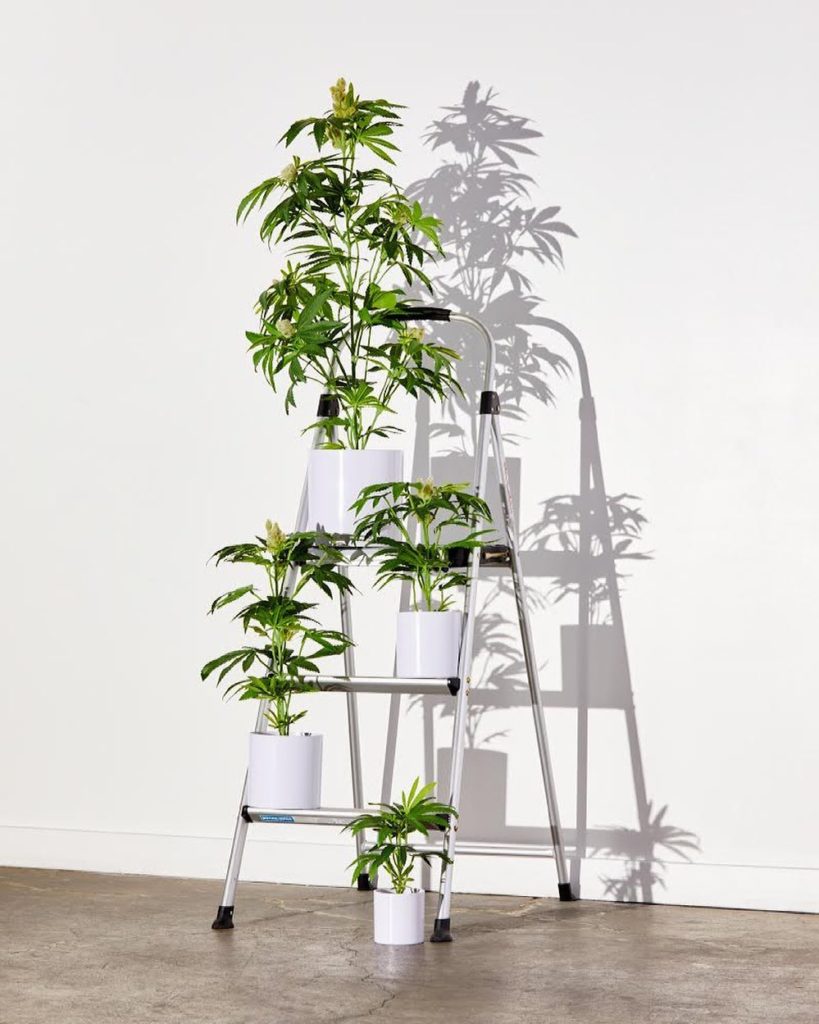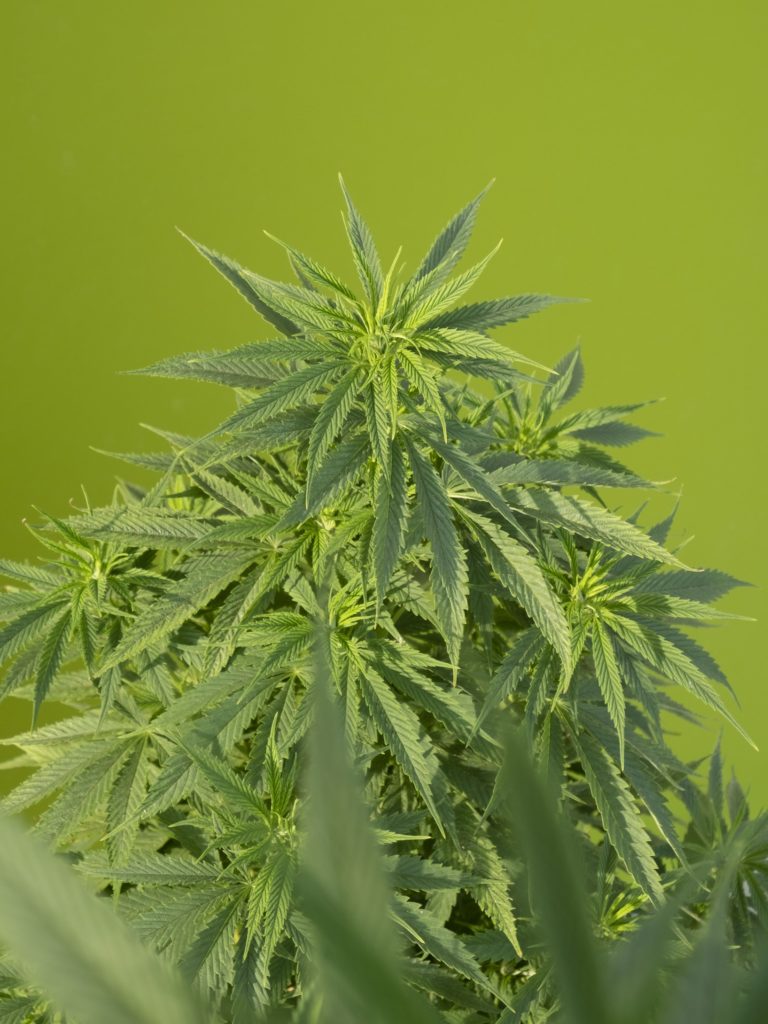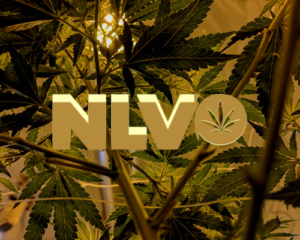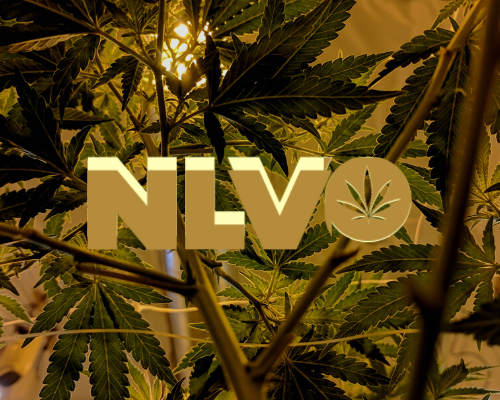If you’ve been anywhere near cannabis in the last few years, you’ve probably heard the words cannabis home grow. Our community’s push for decriminalization and legalization is one thing. The argument, however, isn’t complete without the ability to grow cannabis at home. For the typical consumer, growing your own weed is a bonus. For medical users and heavy consumers though, it’s vital. But, why exactly are home grows so important? The answer no matter who you ask is all about accessibility.
“I’m not against marijuana being grown at home for medical purposes and maybe even just recreational purposes. But we’ve got to let this industry … it’s not even off the ground yet.”
— New Jersey State Senator Scutari remarks on not allowing homegrown cannabis in the state
Comments like these come up quite often in conversation. Lawmakers feel growing your own cannabis should come after a fully-built market versus the other way around? Thailand is on the right path, leading with medical patients allowed to grow cannabis at home before sales even begin. For the US, however, it seems like a pipe dream. Why you may ask? The simple answer: money.
THE CALIFORNIA PROBLEM
At cannabis events, Las Vegas dispensaries, and everything in between, the state looks to get their cut of all the weed money floating around. Homegrown cannabis is the hardest to regulate and tax, even with government approval. While some legislators fear low-quality homegrown cannabis finding its way to uneducated consumers, the real concern lies with homegrown cannabis ending up in the illicit market, regardless of quality. A few point to California for evidence of their claim; but, high taxes keep shops from staying on the straight and narrow and, alternatively, fuels the illicit market through accessibility barriers.
Anecdotal evidence would prove most home grows are nowhere near the volume needed to run a business. It proves that “the California problem” is far more complicated than Forbes and mainstream media let on. These home growers are just simplifying what prohibition caused a long time ago. The cap on homegrown cannabis further proves the point.
RICK SIMPSON’S LEGACY
To investigate accessibility further, let’s talk about everyone’s favorite medical marijuana miracle, Rick Simpson, and his famed oil. RSO, or Rick Simpson Oil, is a popular product in both shops and medical marijuana communities as it aids a variety of ailments with extremely high potency. Back in 2003, the Canadian cultivator was diagnosed with a form of skin cancer. This was after he’d already been using cannabis to manage symptoms of Tinnitus.
As cannabis wasn’t legal at the time and acquiring medicine was impossible, he began studying and creating his own. Thus, the widely known medicine, Rick Simpson Oil, was born. Still, cannabis as medicine wasn’t accepted, especially not in the doses he was using. Rather than try and monetize his discovery, Rick Simpson empowered others to grow their own medicine. He shared the recipe with anyone who would listen, in turn educating the world on the possibilities of cannabis.
Rick is a popular story, but he is by no means the first or the last. Regardless, if it wasn’t for Rick’s ingenuity and decision to grow at home, most medical marijuana stories you hear today would never exist. Even considering what cannabis opponents think, he wasn’t threatening businesses or passing out dangerous low-quality products. Rick Simpson empowered people to take their health into their own hands, addressing cannabis access head-on. As a result, home growing became even more of a lifeline for medical patients.
LEGAL CANNABIS BARRIERS
Let’s now look further at what the naysayers think about growing your cannabis at home. It seems the state fears the freedom that home grows provide. Growing your own weed, unless new taxes are introduced, takes money away from the state’s cannabis program. Legal states have taxes ranging from 5%-35% for cannabis. When you investigate the numbers though, tax-free home growing wouldn’t change much. This is even more true when you realize creating your own beer or wine is fine and no one bats an eye.
You can see why many want to opt-out of the tax-heavy program altogether. Furthermore, legal cannabis isn’t available everywhere, even in recreationally legal states. Major parts of California won’t allow cannabis shops to open. Even Nevada has a problem with its vast amount of small towns between Las Vegas and Reno. You could end up driving an hour or more to pick up medicine. For a lot of medical patients, that’s simply out of the question. That’s on top of the high prices. Who wants to use an entire tank of gas to spend an arm and a leg on an ounce that may be lower quality than the state thinks?
THE STICKY STRAIGHT AND NARROW

Unfortunately, we’re forced to play the state’s game of deciding if following the rules is worth it. Let me explain. Recreational cannabis shops can sell an ounce for around $400 after taxes. The demand for that ounce in a newly legal state is so high that the price can go even higher and would still sell out at a decent rate. Especially in tourist-driven states like Nevada and California.
I watched it happen when the Las Vegas market opened recreational sales in 2017. Our medical ounces from the same cultivators with the same testing results were going for double of what they cost the month before. Now, however, they were selling out at an exponential rate. Over the next few weeks, prices rose. Again, same cultivators as before, same testing results. Now, the demand was higher; so now, the price had to match the demand. Are you seeing the accessibility problem I was talking about?
In Las Vegas, you can’t have a home grow if you are within a 25 miles radius of a cannabis dispensary. Basically, if you live in the city, legally growing ain’t happening. There are a lot of other stipulations as well such as apartment dwellers being incapable. Most of them aren’t even aware of the legal grey area that could get them evicted. Given the tax rate and the cost that I just mentioned, unfortunately, it puts a lot of consumers in a sticky situation.
If you aren’t above the poverty line, which almost half of the country is not, legal cannabis regularly is not feasible. This brings us back to the accessibility that home grows provide.
SO, WHY CAN’T I GROW CANNABIS AT HOME?
We aren’t talking about some mad scientist in a lab concocting some synthetic version of cannabis. We’re talking about people easing the financial strain of effective medicine. The state forgets to point out that most testing facilities don’t mind testing homegrown products either. In the question of cleanliness and dosage, there are ways to address it. The state isn’t getting its cut so it’s not discussed. As much as we like to hope that cannabis can unite us, in this particular avenue, it’s creating a bold line between what’s good for the community and what’s good for the state’s pockets.
Home growing is important because it empowers people to take their health and finances into their own hands. Growing your own weed is important because the state and the country shouldn’t be allowed to put such a tight grip on the industry. Homegrown cannabis is about accessibility, not money. Legality is in the infant stage still. The last we want is for Big Pharma to cripple it before it even gets off the ground.







